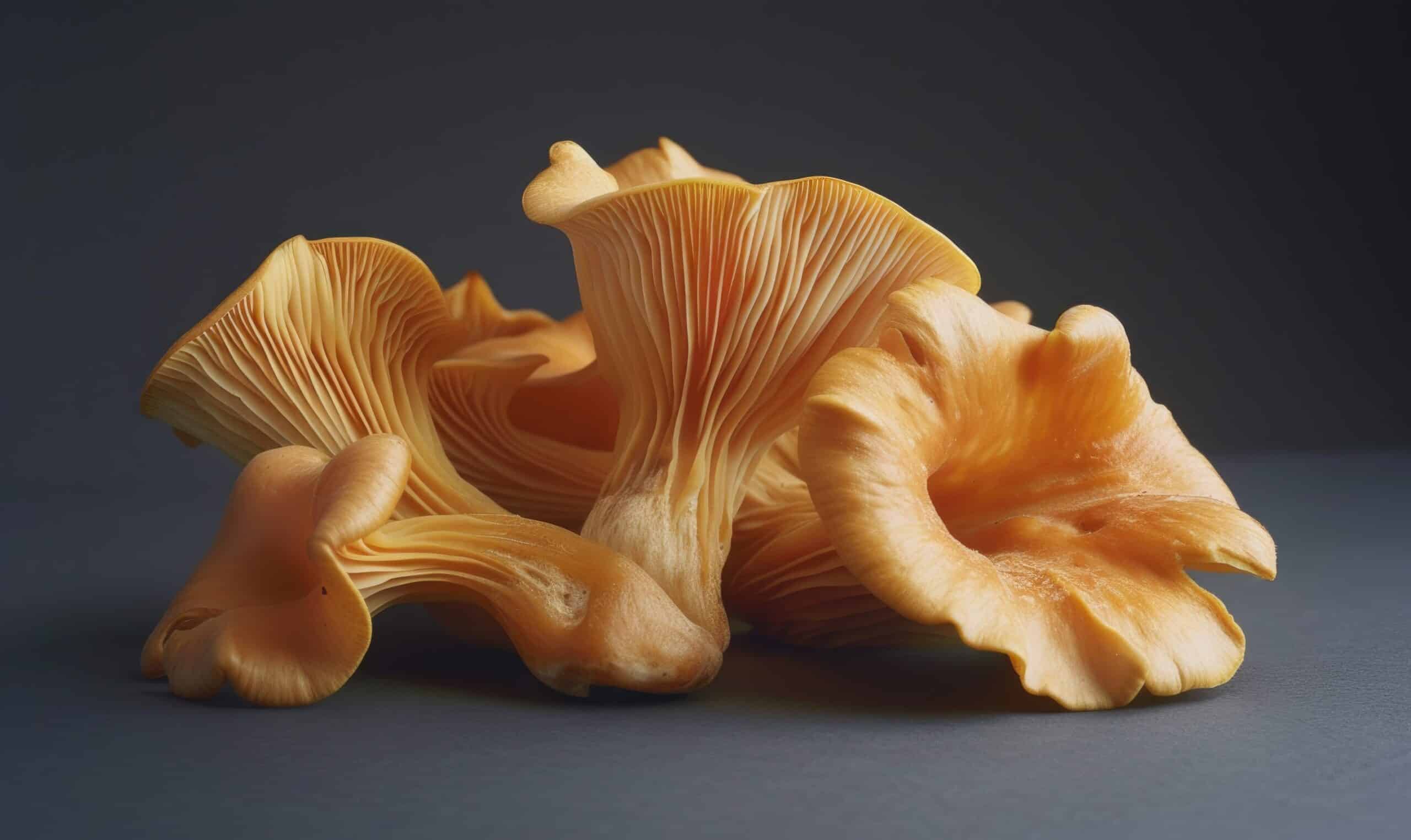Can You Eat an Older Chicken of the Woods?
Key Takeaways
- The safety of eating older chicken of the woods is uncertain, but there are potential risks including bacterial contamination, food poisoning, and health hazards if the mushroom has decayed, insect infestation, or mold.
- Guidelines for harvesting and consuming chicken of the woods include choosing mushrooms from healthy trees, harvesting when the flesh is brightly colored and velvety, thoroughly washing and cooking the mushrooms, and discarding old or decaying mushrooms.
- While there is no definitive answer on whether it is safe to eat older chicken of the woods, it is advisable to exercise caution and follow the provided guidelines to reduce potential risks.
Chicken of the Woods, also known as Laetiporus, is a popular wild edible mushroom that is sought after by foragers. It is known for its vibrant orange or yellow color and its unique texture, which resembles that of chicken meat. However, it is important to determine whether it is safe to eat older specimens of this mushroom.
According to the information gathered, there are mixed opinions regarding the safety of consuming older chicken of the woods. The first source, from Chef’s Resource, does not explicitly mention whether it is safe to eat older specimens. On the other hand, the second source from Why Farm It provides some guidelines for harvesting and consuming chicken of the woods, suggesting that it should be picked when the flesh is brightly colored and has a tender, velvety texture. It should also be thoroughly washed and cooked to prevent stomach issues. The third source, again from Chef’s Resource, highlights the potential risks of consuming old chicken of the woods, including bacterial contamination, food poisoning, and health hazards if the mushroom has decayed, insect infestation, or mold.
The Importance of Harvesting Fresh Chicken of the Woods
When it comes to mushroom foraging, it is generally recommended to harvest fresh and healthy specimens. Mushroom quality can deteriorate over time, and older mushrooms may pose more risks in terms of food safety. While there is no definitive answer regarding the safety of eating older chicken of the woods, it is wise to exercise caution and follow the guidelines provided.
Guidelines for Harvesting and Consuming Chicken of the Woods
Based on the information available, it is advisable to follow these guidelines when harvesting and consuming chicken of the woods:
- Choose mushrooms from deciduous trees: Chicken of the woods grows on dead or dying trees, particularly hardwoods like oak and maple. Ensure that the tree is healthy and free from signs of decay or disease.
- Harvest when the flesh is brightly colored and velvety: Look for mushrooms with vibrant orange or yellow colors. The texture should be tender and velvety to the touch. Avoid mushrooms with slimy or discolored flesh.
- Thoroughly wash and cook the mushrooms: Before consuming chicken of the woods, it is important to wash them thoroughly to remove any dirt or debris. Cooking the mushrooms properly will help reduce the risk of foodborne illnesses.
- Discard old or decaying mushrooms: If you come across older chicken of the woods with signs of decay, insect infestation, or mold, it is best to discard them. These mushrooms may pose health risks if consumed.
Conclusion
While the information available does not provide a definitive answer on whether it is safe to eat older chicken of the woods, it is clear that there are potential risks associated with consuming mushrooms that have decayed or become infested. Therefore, it is advisable to exercise caution and follow the guidelines mentioned above when harvesting and consuming chicken of the woods.
Related Websites:
FAQs:
Q: What is chicken of the woods?
Chicken of the woods is a type of wild edible mushroom. It is known for its distinct appearance and culinary uses. Its taste has been described as similar to chicken, hence the name.
Q: Is older chicken of the woods safe to eat?
As chicken of the woods ages, its texture, taste, and overall quality change. However, proper identification is crucial. Consuming older specimens may pose potential risks such as toxins, spoilage, contamination, and decay. It is important to assess the edibility of older chicken of the woods before consumption.
Q: How can I determine the edibility of older chicken of the woods?
There are several indicators of spoilage or decay in older chicken of the woods. These include a foul odor and visible signs of decay. Conducting a spore print can also help assess the viability. It is recommended to exercise caution and proper assessment before consuming older specimens.
Q: Are there alternative uses for older chicken of the woods?
Apart from direct consumption, older chicken of the woods can be dried for later use in soups or broths. It can also be used to infuse oils or vinegars for added flavor. Additionally, older specimens can be beneficial for non-edible purposes.
Q: What are the potential benefits of older chicken of the woods for non-edible purposes?
Older chicken of the woods can have potential benefits for non-edible purposes such as natural dyeing, medicinal extracts, or even as compost material. It can provide value beyond culinary use.






